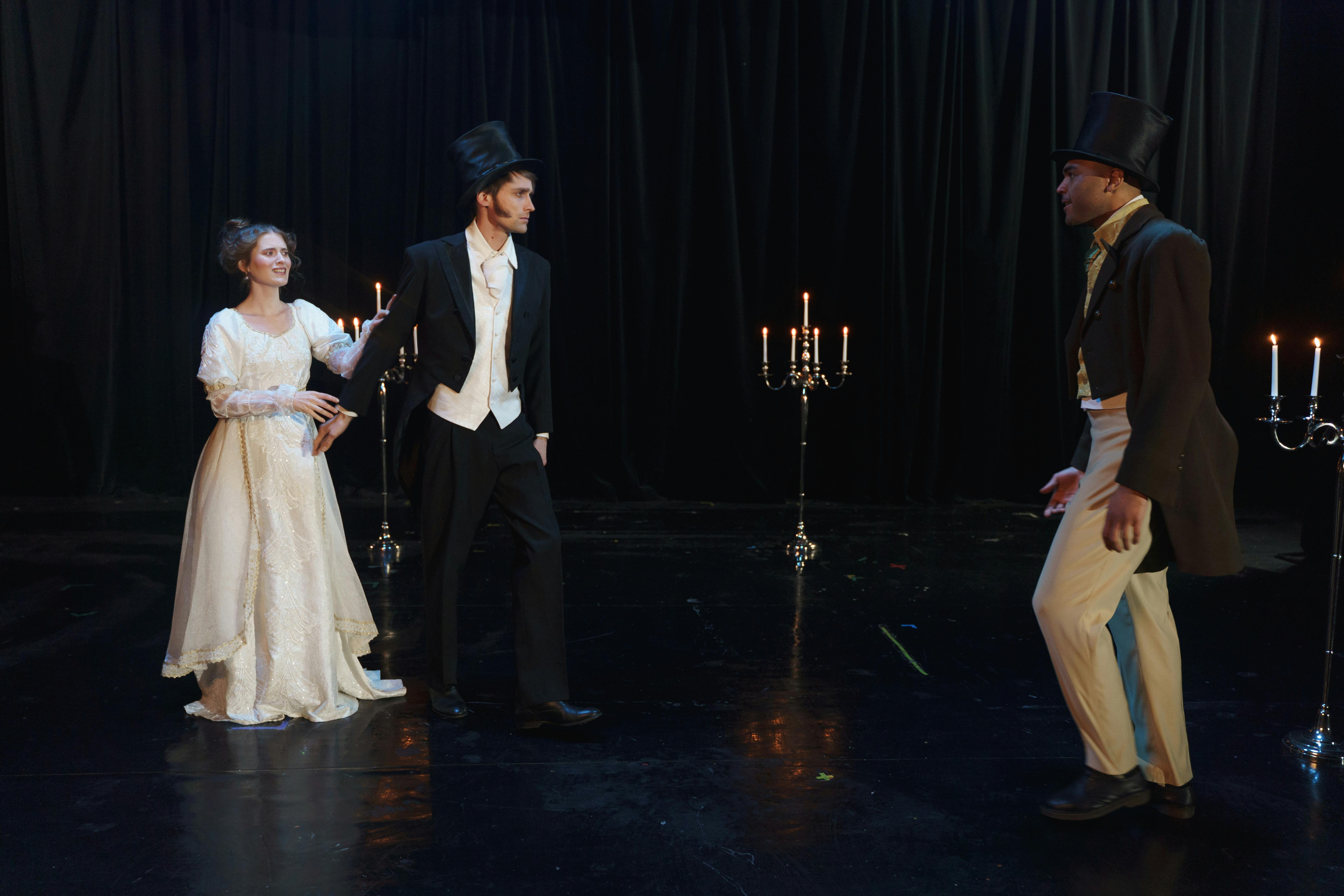Sierra Leone poetry: its appearance and characteristics as it struggled to take shape
The poetry of Sierra Leone began in the late 19th century with poems published in English and the lingua franca, Krio in Sierra Leone Weekly News, among the first newspapers to be established in the colony in 1860. The most famous of all Sierra Leone newspapers (which were of high quality) in the late 19th and 20th century, it was founded in September 1884 by Rev. JC May helped by Dr. EW Blyden and edited by JC May’s brother Cornelius, who later became Mayor of Freetown in the 1920s.
Sometimes the settlers, mostly Europeans, wrote poems that had emigrated to the country. Krio’s first poems appeared in the issue of The Sierra Leone Weekly News for Saturday April 21, 1881. Others appeared in the issue of June 23, 1888 and July 1907. Although most of the poems were written by non-Sierra Leoneans , served as sources of inspiration to educated Sierra Leones who were therefore eager to prove themselves as competent poets as their European counterparts. Poems were generally written in regular foot patterns, lines, and rhyming schemes, as was in vogue at the time. Consequently, there was an increase in the publication of poems in the newspapers. The Creoles of Sierra Leone who contains a whole range of such poems.
Then came Gladys Casely-Hayford and Thomas Decker who wrote poems in Krio. The first selection of published poems by Gladys Casely-Hayford was titled in Krio Take um like this (1948). In 1948, Thomas Decker published three poems by Krio. These were ‘Plasas’, ‘Yesterday, Tiday in Tumara’, ‘Slip Gud’.
But these early publications of poems in Krio in Sierra Leone Weekly News it had a restrictive and constricting effect on the equanimous development of Sierra Leonean poetry. Because it helped confine the poetry of Sierra Leone to the Western Area. Therefore, some parts of the country were left preoccupied with oral poetry, as there was no written literature available at the time.
There has always been a direct relationship between the development of written literature and education. Education in Sierra Leone was mainly concentrated in that early colonial period in the Western Area. Only later were some schools built in the provinces. But despite this, education was not so widely and easily received by the provincials because many did not send their children to school early. It was only in 1906 that the first secondary school was established in the provinces.
The advantage that the Western Area had in education and the lukewarm attitude of people from the other areas towards education led to most of the recognized poets coming mainly from the Western Area. This also resulted in the poets being manly Krio who largely failed to penetrate and exploit the country’s rich cultural traditions and customs that they largely ignored. As a result, his works were characterized by the absence of traditional myths, legends and traditions, unlike the case of other West African writers who wrote at the time, especially Nigerians, Christopher Okigbo, Wole Soyinka and JP Clark, who made a great use of said oral tradition. Christopher Okigbo, for his part, often used the myth of the water maiden in his poems, while Wole Soyinka and JPClark used the myth of Abiku in common, among others.
The poetry of the pioneering poets of Sierra Leone was infused instead of traditional and cultural materials with Christian religious doctrines and principles and moral topics. Even little of Krio’s emerging culture was passed down through them. But they also wrote about hot social issues of the time.
But in a poem like ‘Joseph’s Engagement’, Gladys Casely-Hayford transposes Krio’s traditional ‘ending’ ceremony to the Jewish status of Joseph and Mary, Jesus’ earthly parents. In ‘Nativity’, the infant Jesus is wrapped in ‘blue lappah’ and put on ‘home-tanned door skin skin’, instead of a wrapping band and manger. Later poets made use of some cultural material. Lemuel Johnson in ‘Prodigal’s Canticle’ presents ‘Awujoh’ and ‘KuOmojade’ two traditional Krio ceremonies.
The subsequent diffusion of education accompanied by missionary activities in almost all parts of the country promoted the diffusion of literature that led to the breaking of the previous monopoly that the Western Area had on the production of poetry. As a result, there has been a considerable increase in the volume of poetry written in the country over the past four decades. The impetus for this was given by the efforts at Fourah Bay College, Njala University College, Milton Margai Teachers College to promote and host literary events such as creative writing, poetry reading, among others. These efforts were complemented by those of the Writers Association, Fourah Bay College Bookstore, and various campus newsletters and magazines.
Thus, it could be said that most of Sierra Leone’s poetry was written in the 20th century. But the poetry of this period notably departed from the earlier forms of poetry that were being produced, especially in its style and, to some extent, in its subject matter. The pioneering poets had stuck to conventional forms of poetry using regular lines and rhyming schemes. His simplistic poetry generally expressed insipid sentiments and strong Christian religious doctrines, with most avid church poets being heavily influenced by 19th century English poets and by the Bible, common prayer, and hymn books. One of them, Crispin George, was a longtime showgirl. That they lived in a turbulent period of much political clamor for nationalism and self-determination and other destabilizing social and political movements is not too evident in their poetry, except for the subtle use of Christian doctrines to conceal their aspirations for social justice. This is very true for the poetry of Crispin George and Jacob Stanley Davies and, to a lesser extent, for Gladys Casely-Hayford.
Modern poets, contemporaries of Chinua Achebe, Wole Soyinka, and Christopher Okigbo, who while in college abroad, primarily in Britain, were exposed to modern English poets such as Gerard Manley Hopkins, TS Eliot, Ezra Pound, and DH Lawrence began to break with the previous poetic tradition through the modern influence that his style carries. They also began to infuse some African customs and traditions into their poetry, as they felt alienated and detached from their roots. Therefore, they abandoned the old methods of writing in regular lines and free verse rhymes, distortion of logical syntax, obscurity and symbolism, and personal imagery. They critically examined the hitherto easily accepted British and American values and standards. They questioned racism and other social ills by being exposed in their foreign domicile to racial discrimination and its degrading consequences.
Abioseh Nicol’s poetry, for example, encompasses pioneer poets and modern youth who display some African consciousness and do not blindly accept foreign values and long for an eventual homecoming to Sweet Sierra Leone.
Most of Gaston Bart-William’s poetry is related to racism and racial discrimination. Jacob Stanley Davies, although he is a pioneering poet who expresses Christian doctrines in his poetry, has some poems like ‘Libretone’ that seem to speak of timeless themes. Crispin George in ‘Help Deferred’ frees himself from the constricting effect of the rhyme scheme.
Since then, there have been many advances in changing the profile of Sierra Leone’s poetry, although the opportunities for print publication are not as welcoming as they were then. But such a changing profile will be an interesting study.




